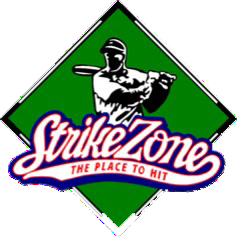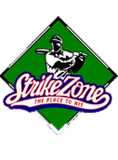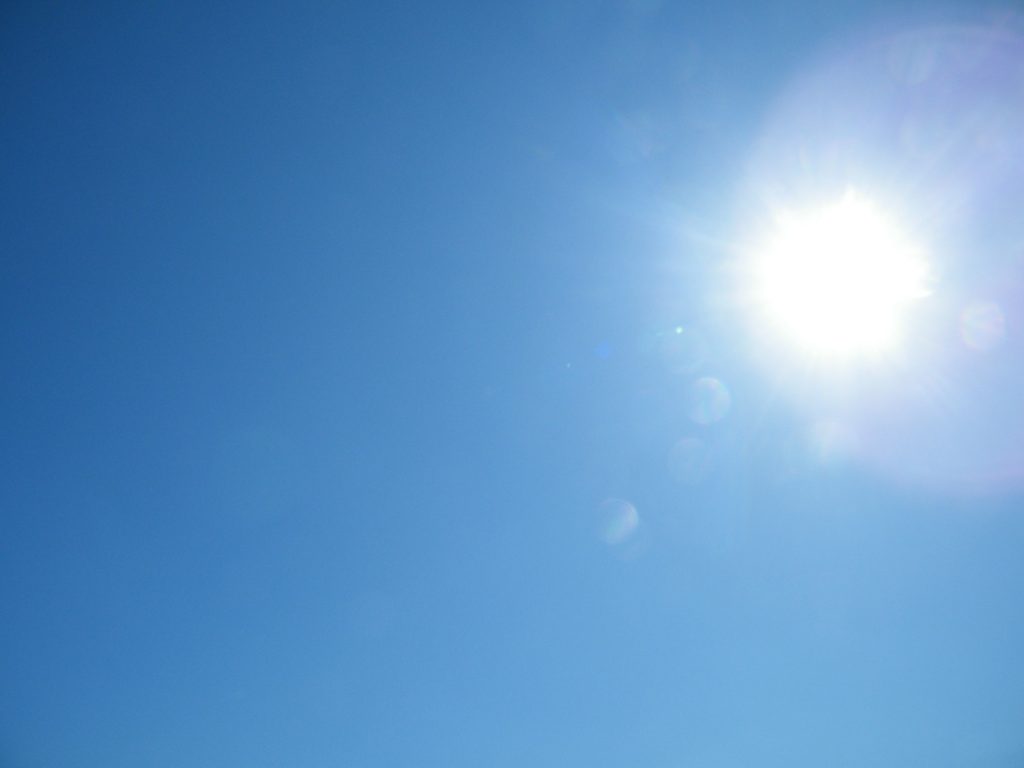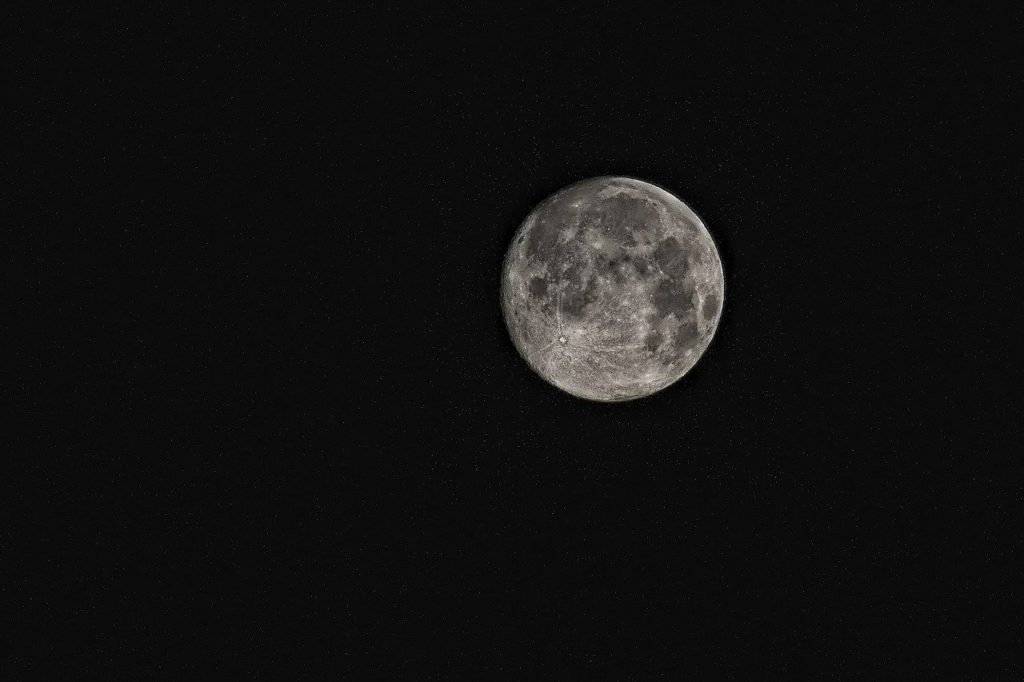
16 Aug A “High Sky” & Other Sky Conditions In Baseball
What is a “high sky”?
Take a quick look above at the photo gallery of different sky conditions. In the top row you have a darker blue sky with the sun present as well. In the middle is also a blue sky but with clouds present. The other is obviously a dark night-time sky. The larger photo underneath on the left is what is called a “high sky.” It consists of a very light blue / whitish sky with no clouds anywhere. The one on the right is a twilight sky that you see after the sun goes down but not yet dark. Twilight skies consist of light colors ranging from light grays to pale oranges and purples.
Ok, so what?
When players are on defense, they obviously are going to have to look up into the sky on the occasions where a ball is hit into the air. As the photos show, what players look up at varies greatly based on the conditions. As you can imagine, not all sky conditions are equal when it comes to effectively finding, seeing, tracking, and ultimately catching the baseball, especially if it is hit way up into the sky. All four sky conditions above can pose their own unique challenges but most experienced players will say that the bottom two types are the hardest to deal with.
What’s the problem with “high” and “twilight” skies?
A high sky and a twilight sky can have a negative impact on seeing a baseball for a couple of reasons. First, the color of these skies better match the color of an off-white baseball. It sounds weird to outsiders but players will accurately say that they missed the ball because they “lost it in the sky.” That is because the colors match the ball which prevents the ball from standing out. The second reason involves the way the human eye functions. In order for the brain to understand what is being seen, it tries to put the image in context meaning it looks for other things around it like lines, edges, different colors, objects, and so forth. We can better tell how fast something is going or how big it is based on comparing it to the objects near it. With high skies, there is no context. It’s all one color (often matching the color of the ball) with no clouds or objects to help the brain with context. The whitish sky also produces more glare.
Twilight skies are tough for the human eye because of the lower-light conditions. In short, less light means less ability for the brain to pick up details about the image. As I also said, the pale colors are similar to the color of the ball.
The other types of skies can provide challenges too but typically not as much. The darker blue sky provides a better background to see a white baseball. Of course, dealing with the sun is a whole different problem. Clouds in the sky create contrast which can help the brain determine depth, direction, speed, and other details. A black night-sky provides a great backdrop for a white baseball with the help of stadium lights.
Tips for managing high and twilight skies
No matter what the field or sky conditions are, it is up to the player to make the necessary adjustments in order to produce the best outcome, which in this case is to see and catch the baseball. Here are a few tips to help players and their teammates do just that.
- Be aware. Awareness starts when you get to the field. When you arrive, look up a few times to check out the sky conditions. Also do it as soon as you get out to your position. You don’t want to realize that there is a difficult sky after a live ball is hit. Know that information beforehand and then continue checking it during the game to see if conditions have changed.
- Point to the ball. In tough sky conditions, any player on the field who sees the ball in the air and is not involved in the play should point upward and directly at the ball. This helps anyone who doesn’t see it. It may still be tough to see but at least the player can follow the pointed fingers up to the general area of where the ball is and hopefully find it
- Don’t take your eyes off the ball. Picture a third baseman who is moving to his right into foul territory to go after a high pop-up. He watches the ball go up but as he nears the dugout he peeks at the dugout to see how close he is and then looks up at the ball again. That scenario works well for the other sky conditions but not for high or twilight skies. Once you stop looking at the ball it is extremely difficult to find the ball again. In those conditions, keep your eyes glued to the ball the entire time.
- Use the proper glasses as needed. Sun glasses are not going to do anything for twilight sky conditions and won’t change the lack of contrast in a high sky. However, glasses will help eliminate the glare of a high sky which will allow your eyes to open wider. When that occurs, more information about the scene can enter your eyes which will give you the best chance at locating the ball. It’s better than squinting.
- Don’t give up on fly balls. In tough sky conditions, it becomes important for all players on the field to help each other out. A shortstop should not give up on a fly ball because it is hit directly above the second or third baseman. Assume that your teammates don’t see the ball and move towards the area in case you are needed.
- Communicate and be loud! Good teams communicate well. If you don’t see the ball, immediately tell your teammates so they can help. If you are pointing, yell “Straight up!” or “Back!” as well so that your teammates have more information to work with.
Losing a ball in the sky can be a horrifying and very lonely experience for a ball player. It has happened to me and it’s not fun. Play the game long enough and it will happen to you too. However, like every other situation in the game, if players know what adjustments they need to make and work together as a team, tough sky conditions can be handled much more easily.








